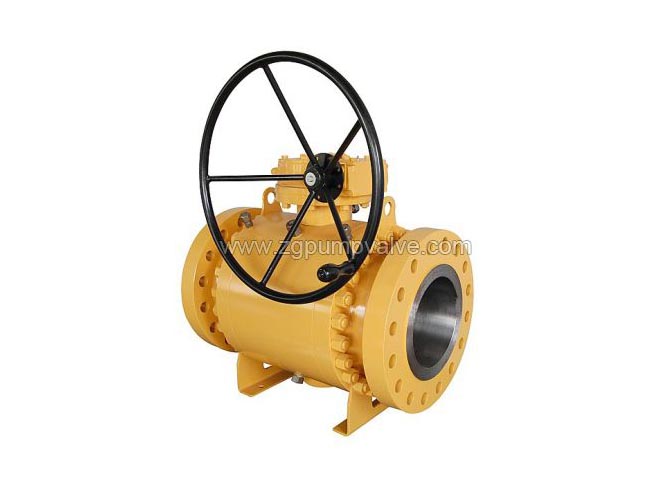Learn - Mar. 15, 2021
Generally speaking, there are three types of ball valves from the point of view of the valve body. There are side inlet, top inlet and welded body ball valves. The main difference lies in the way the valve body is manufactured and assembled.
For side entry (or end entry) ball valves, we assemble the ball from the side, which means that the valve must be removed from the pipeline when carrying out repairs to the valve internals. There are two-piece bodies and three-piece bodies. Each part of the main body is assembled by means of bolts and nuts.
For top inlet ball valves, we assemble the ball from the top. In other words, we only need to remove the top of the valve to access the ball and seat without having to move it out of the pipe. Fewer threaded connections minimise possible leak paths.
The welded body ball valve means that the entire body does not have any threaded connections, which means that it is impossible to do full welding on the pipeline maintenance. The fully welded ball valve offers greater strength and lighter weight. The absence of threaded connections means that it has the smallest body size and the fewest leak paths of the three types.
The reason for the wide range of ball valves currently available on the market is the high demand for sealing performance throughout. We can also learn about the process of operating and using a ball valve during the selection process. Only by following certain operational procedures can we ensure the correct use and better overall performance. Next, the ball valve supplier will introduce Precautions for using ball valves.

Before operating and using a ball valve, the pipework and valves must be inspected and cleaned before normal use, essentially ensuring greater safety in use. Our specialist manufacturer has done an excellent job throughout the service work and will also design them to function within the pipeline itself to ensure greater ease of use.
In specific operation and use, we have found that the operation of the valve is handled by driving the valve stem to rotate in response to the input signal from the actuator. Both activation and closing can be accomplished by rotating at an angle. In general, a rotation of only 90 degrees is sufficient for normal operation and safety of use.
During the actual use of the valve, it is important to check that the directional indication arrow of the particular actuator is parallel to the pipe, which means that the valve is normally in the open position. If the arrow is perpendicular to the pipeline, it is closed. The ball valve should be operated in such a way that the process steps are carried out and then it is basically ready for normal use.
To sum up, companies can consider these specific factors when choosing a valve. We should not only pay attention to the function of the valve itself, but also to the specific operation process and steps. The ball valve itself is very simple to operate. As long as the operation principle is mastered, it can be used better and can be supported and recognized by more people in the market.
Application-Coal fired power generation -Desulfurization pump-Eco friendly
Guide To Selecting The Right Slurry Pump For Your Application
How to extend the service life of chemical pumps - Maintenance of chemical pump properly
What Are the Water Filling Methods for Centrifugal Pumps(Part 3)?
High Efficiency Open Impeller Pulp Pumps For The Pulp And Paper Industry
Zigong Pump & Valve 2021 Marketing Work Conference was Held Successfully